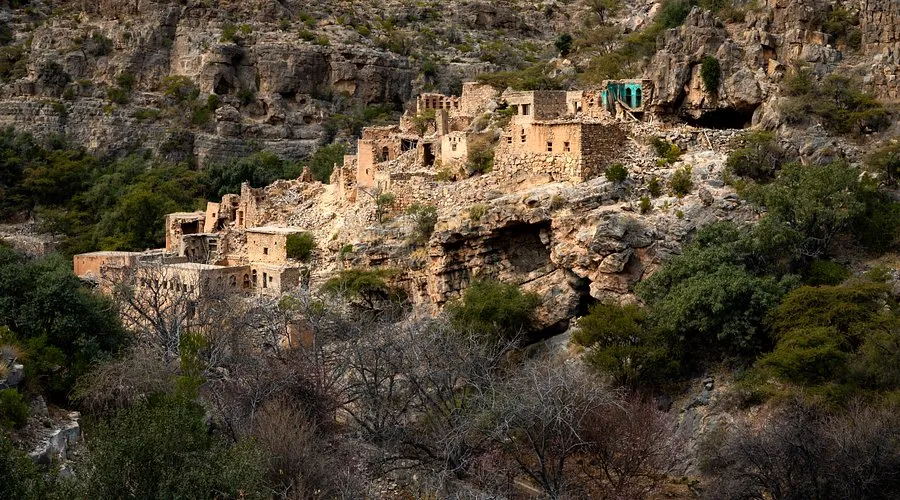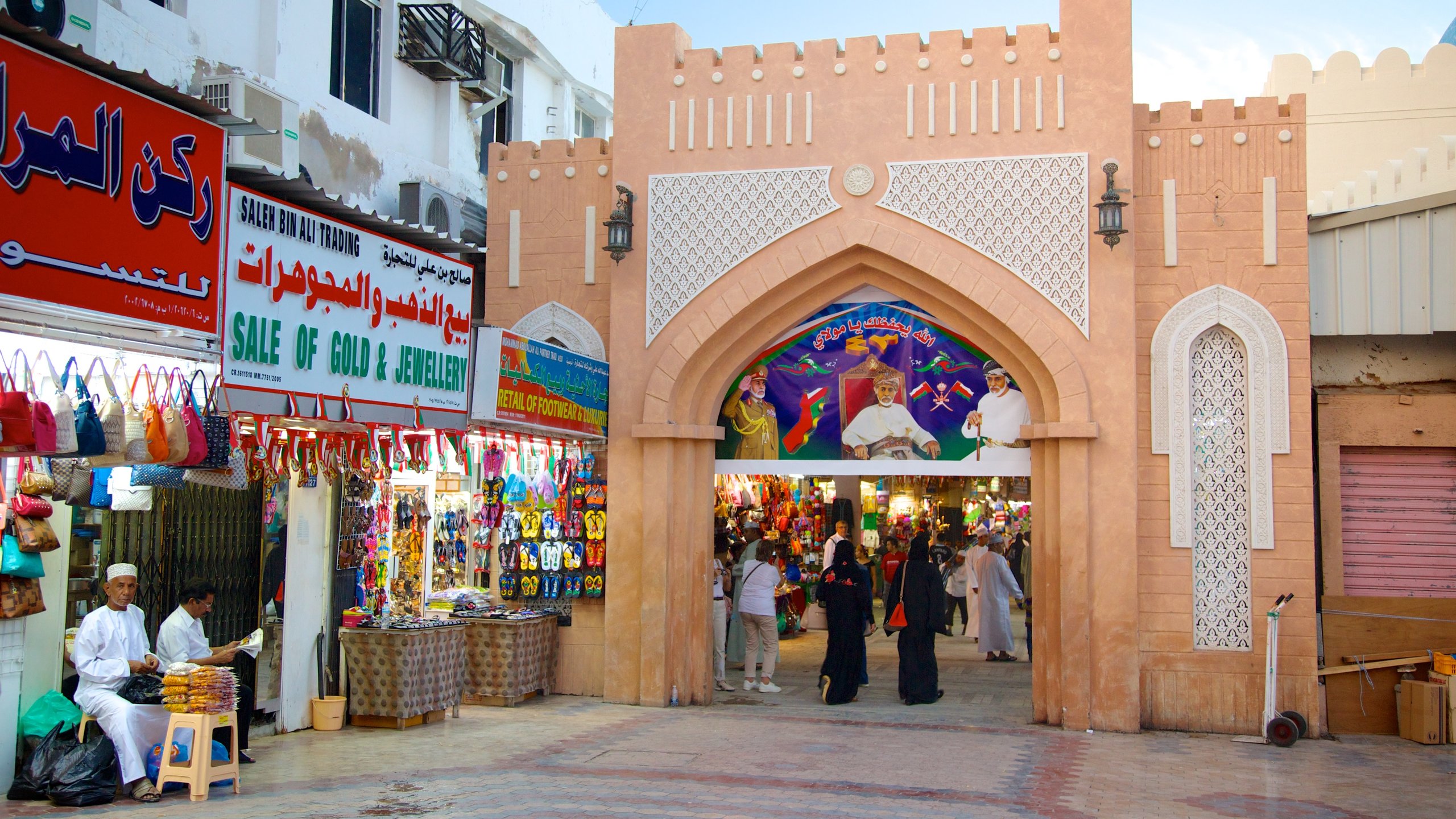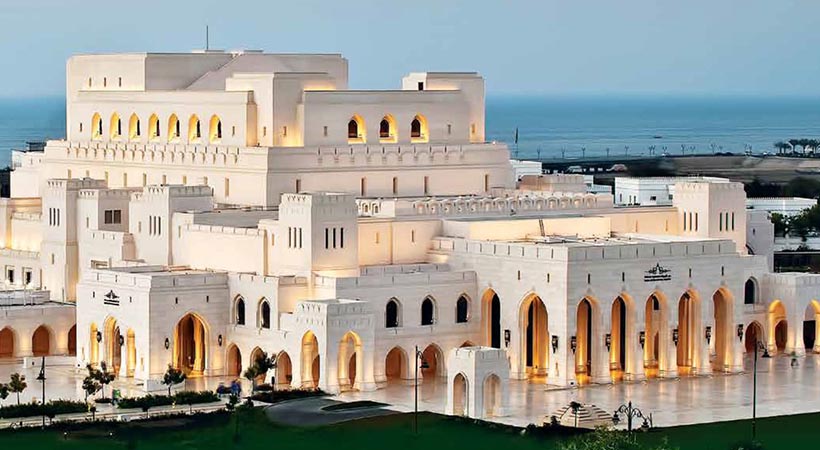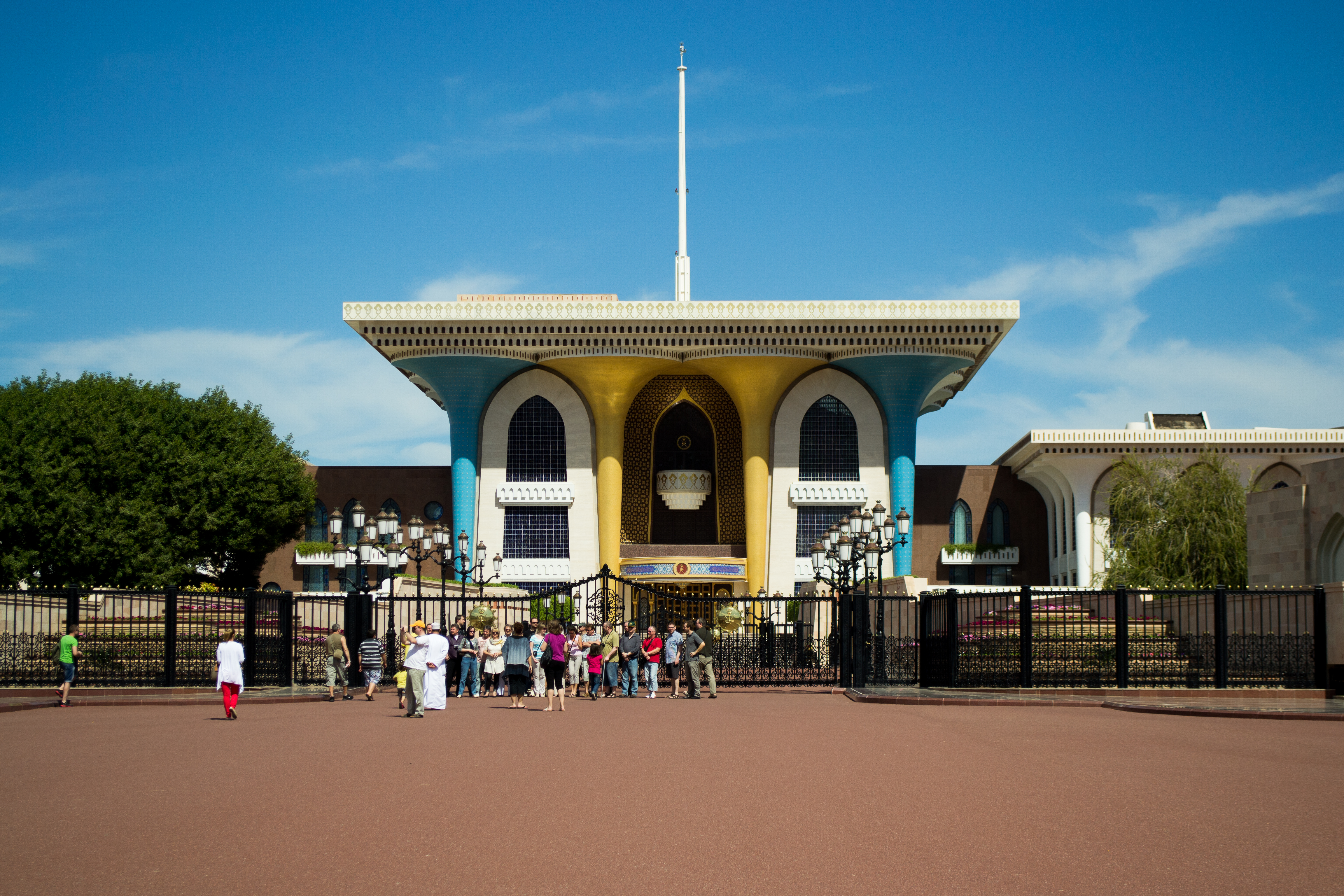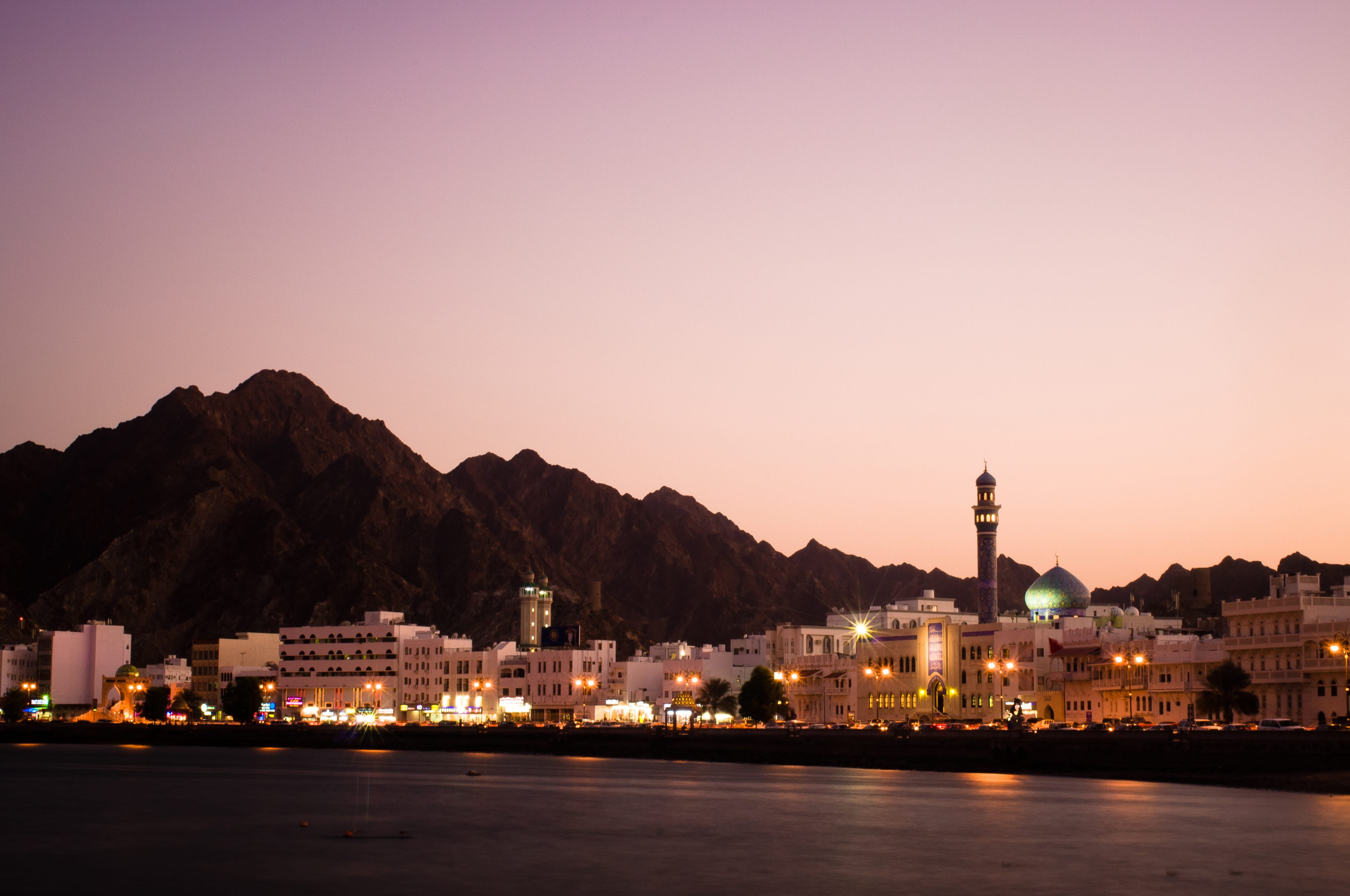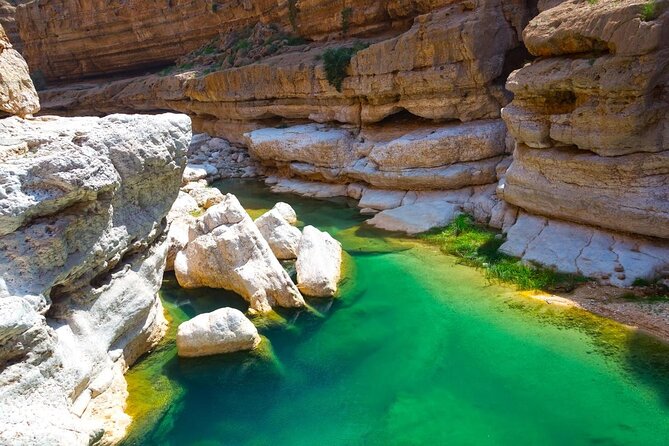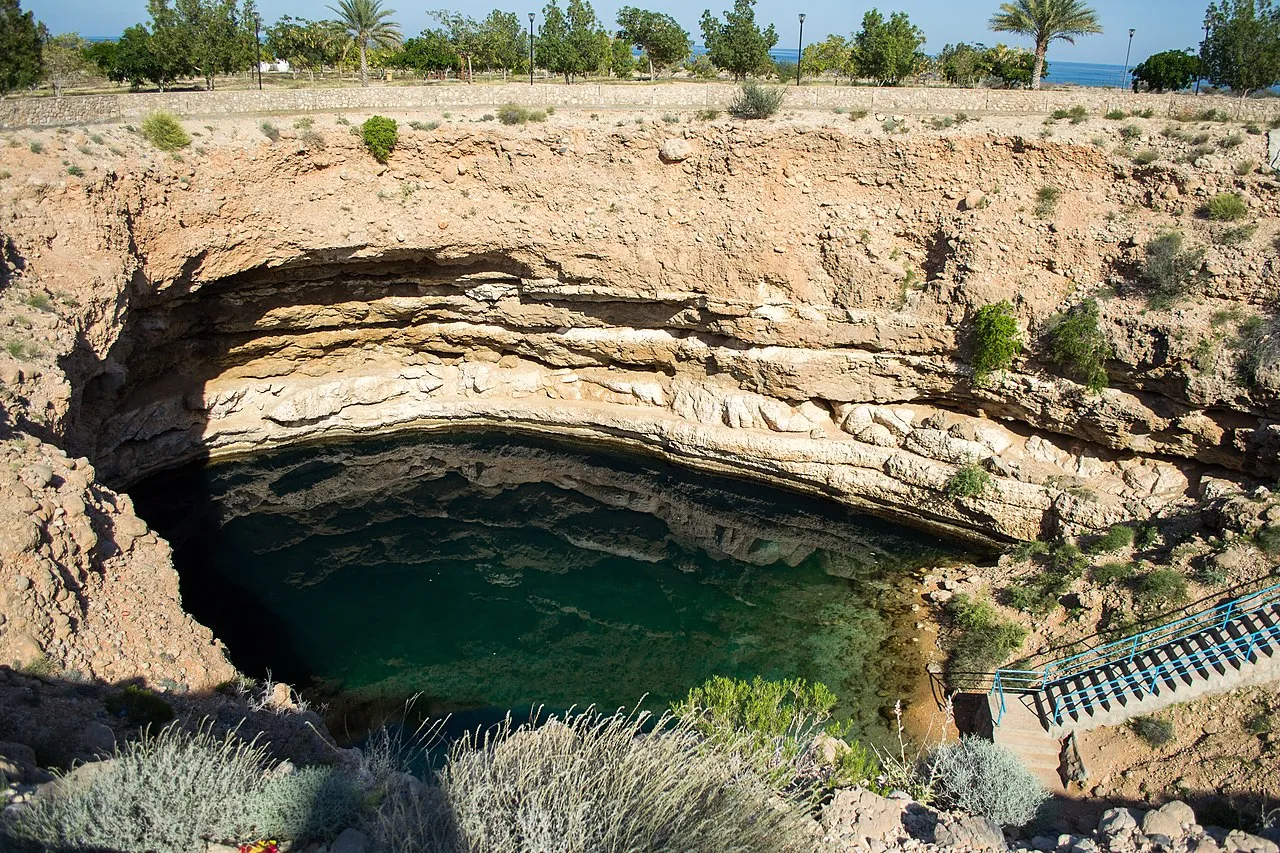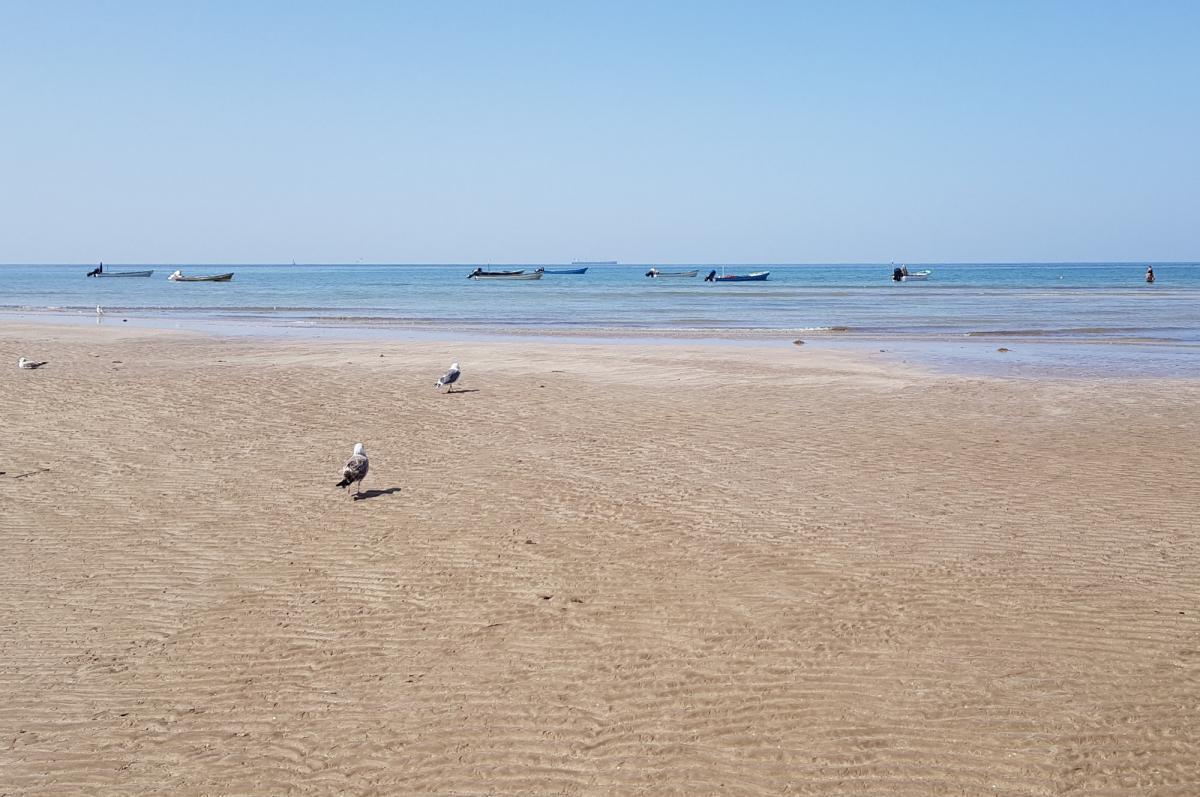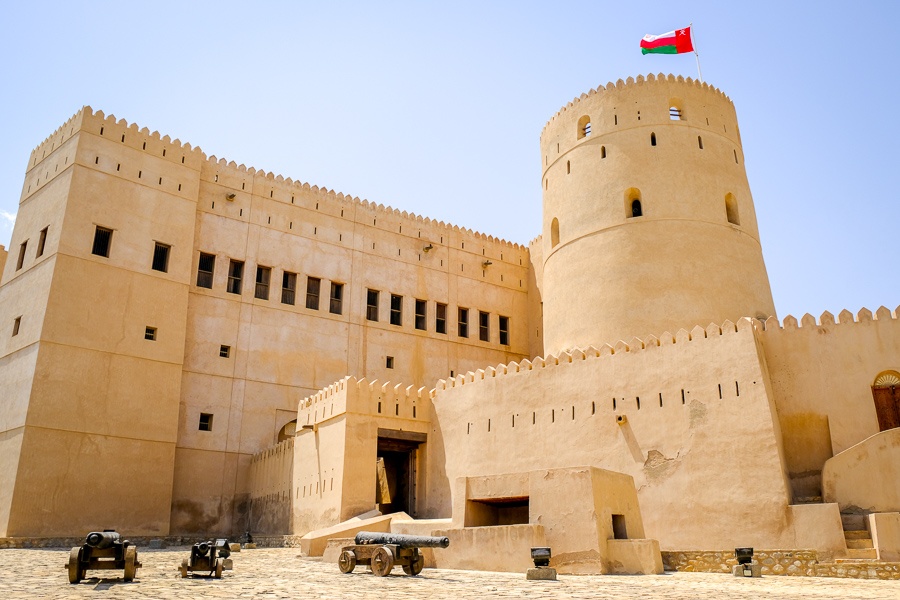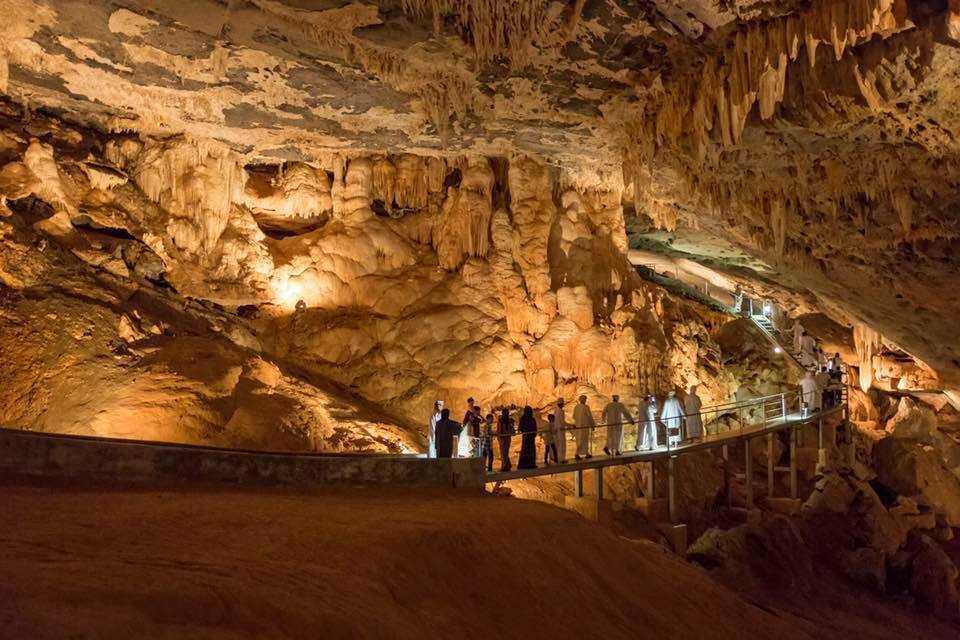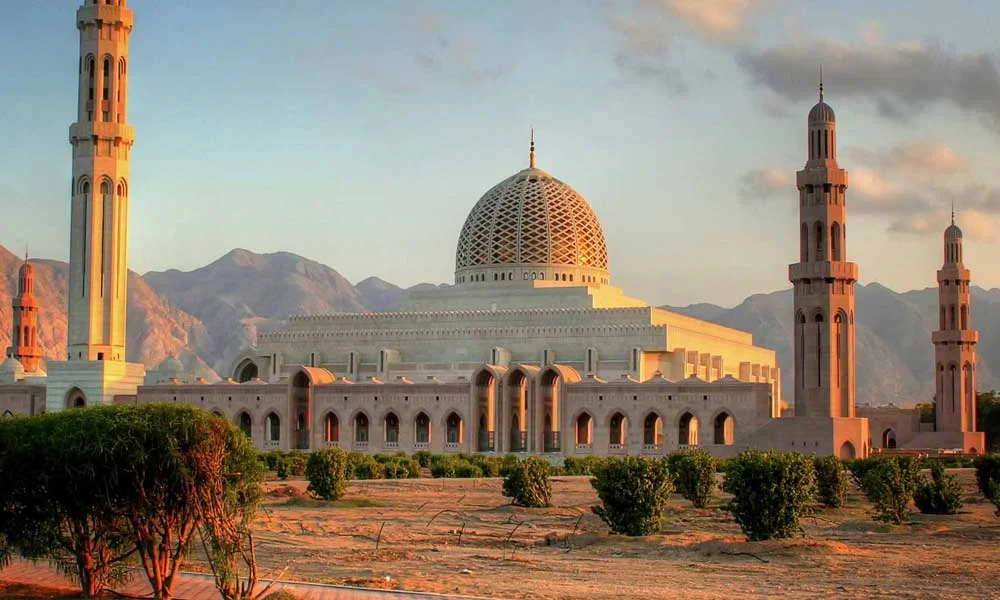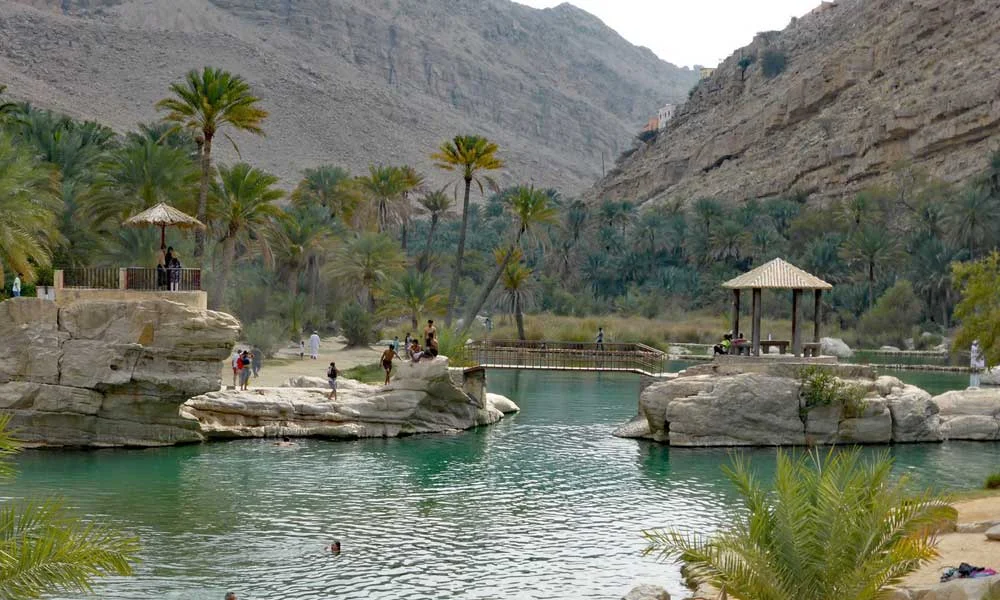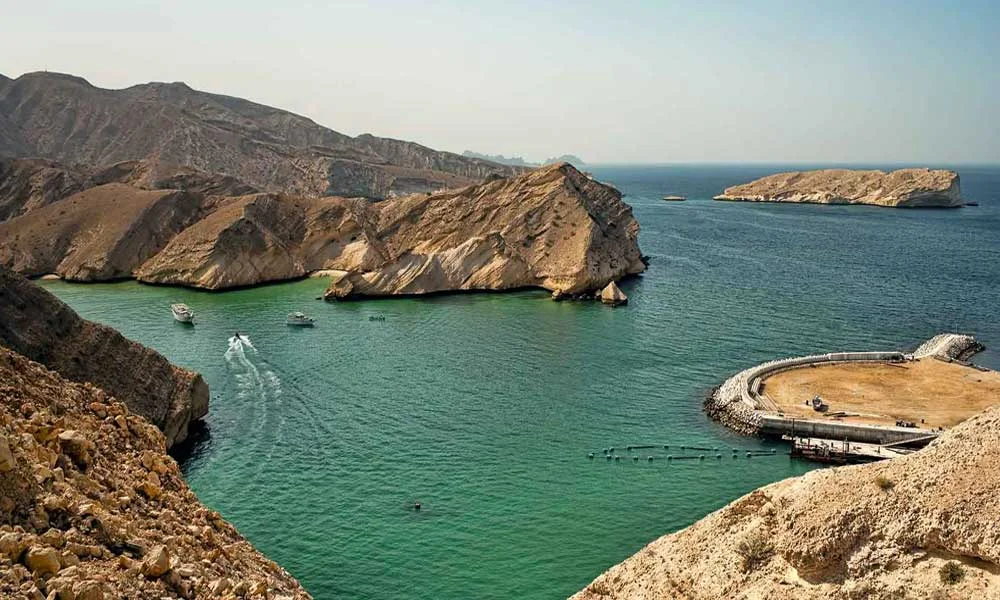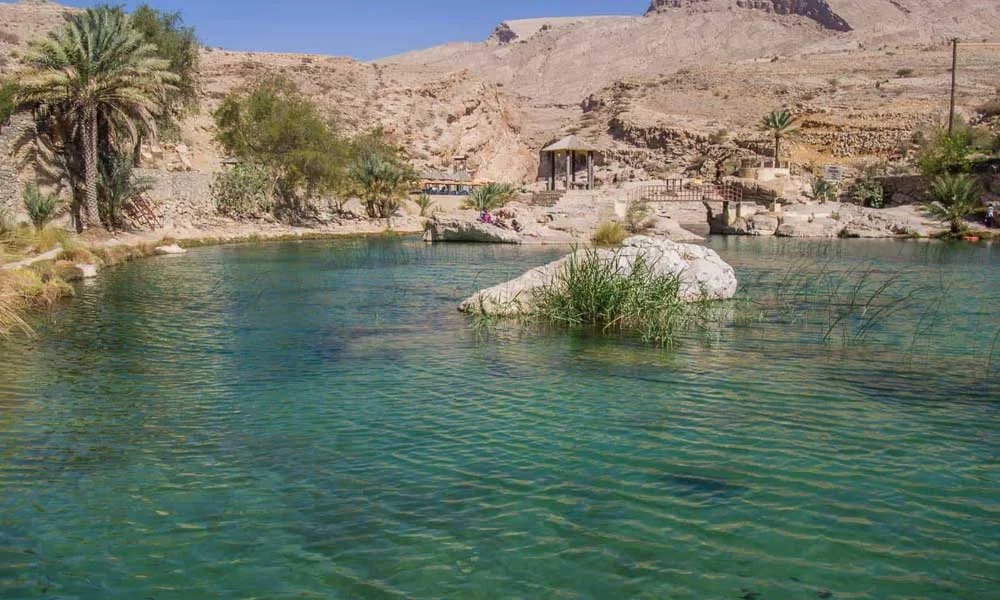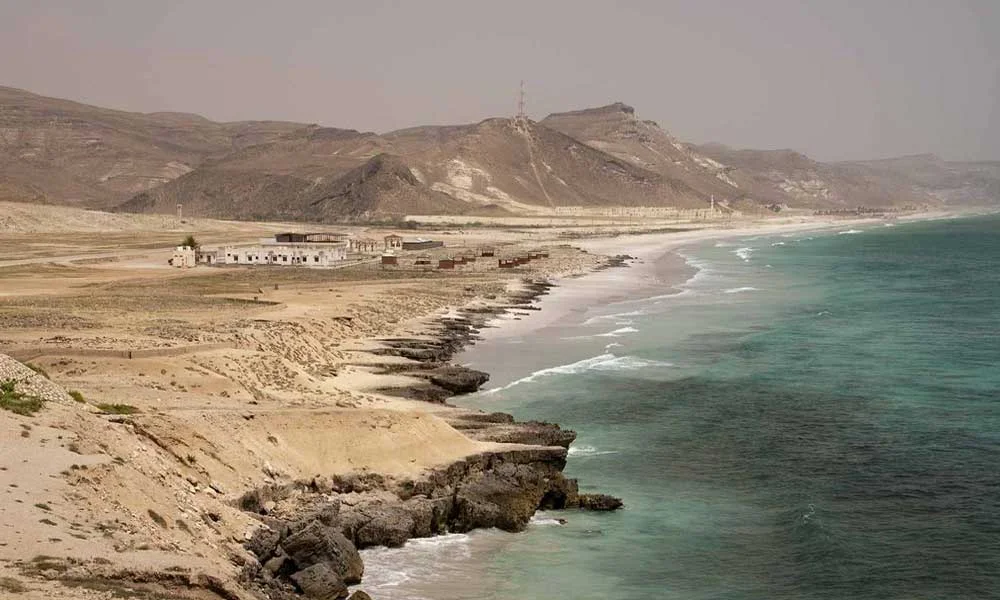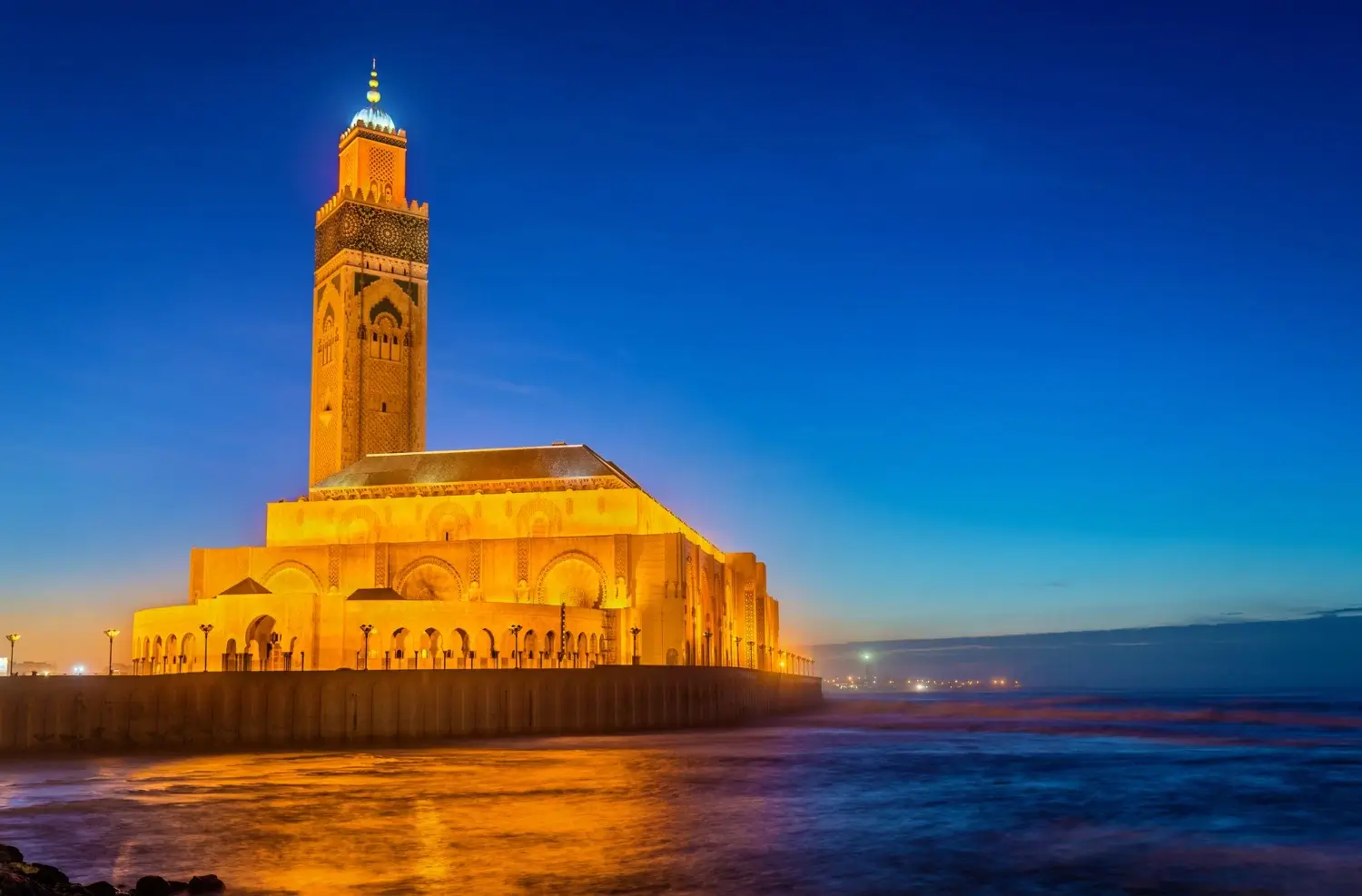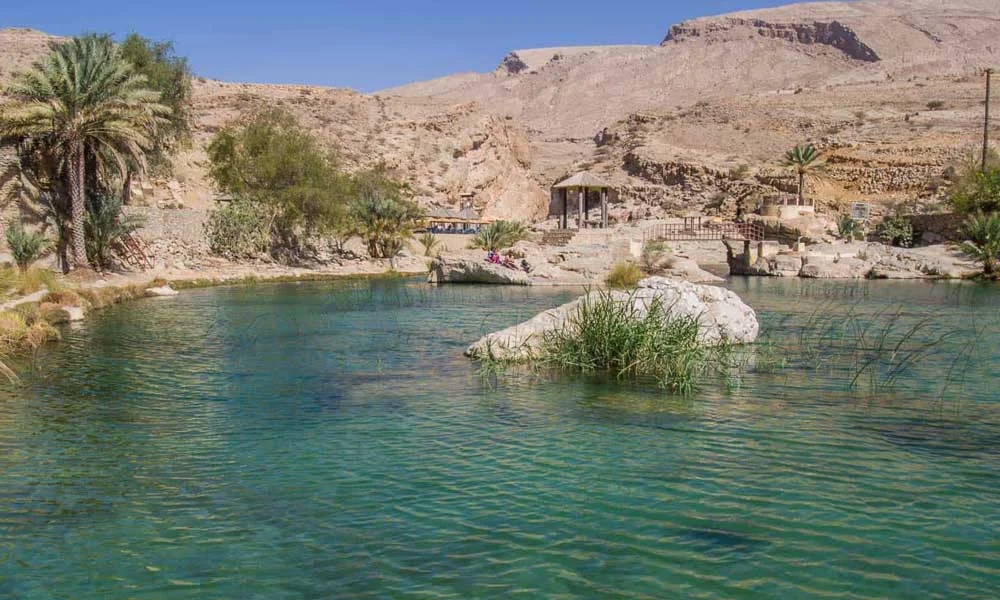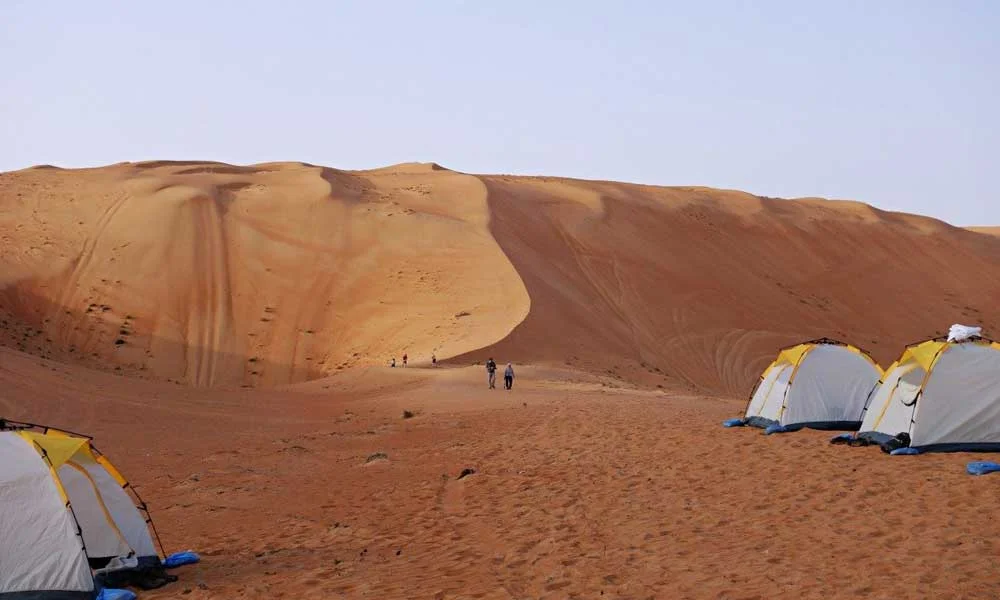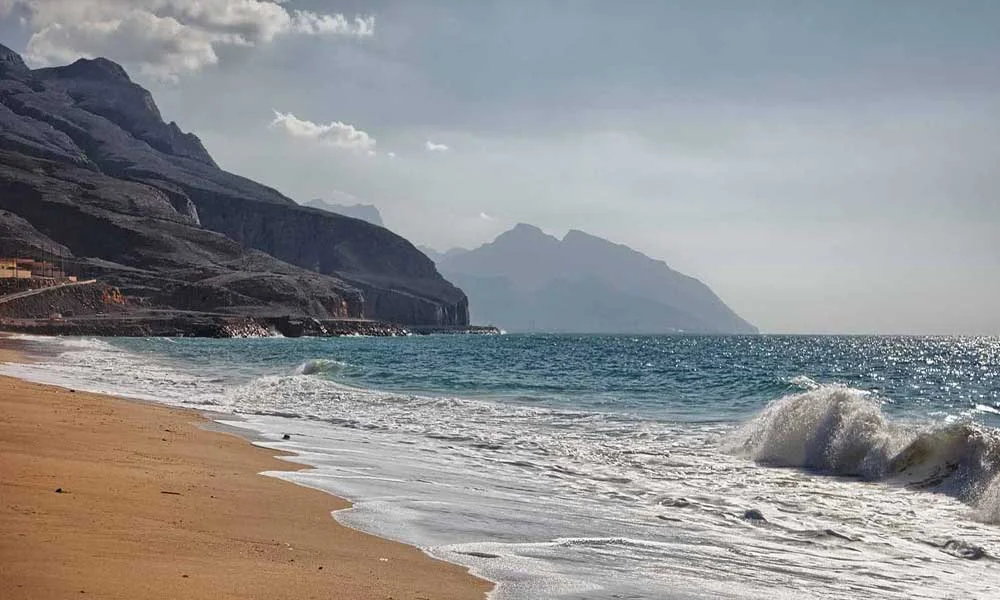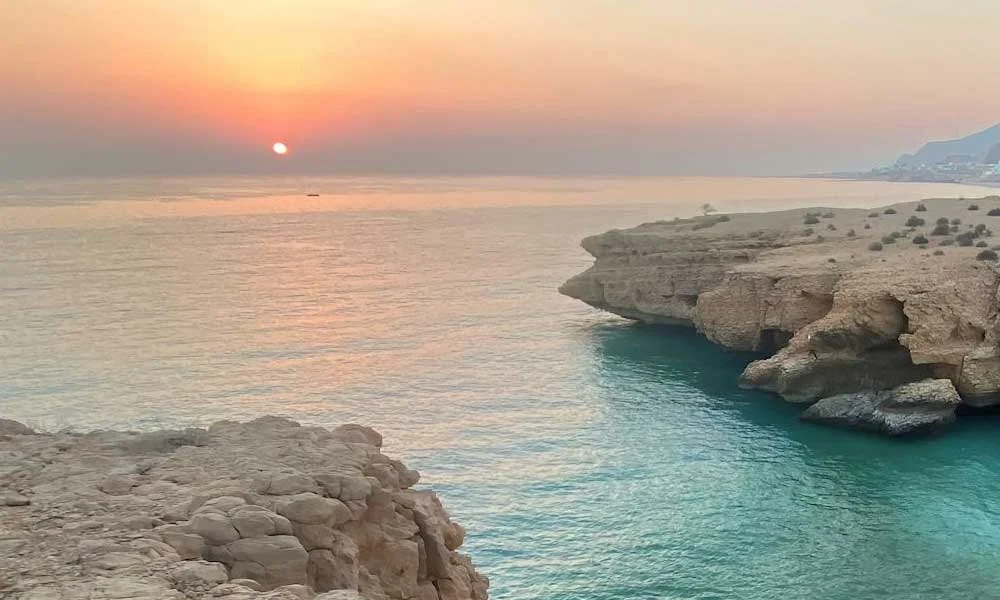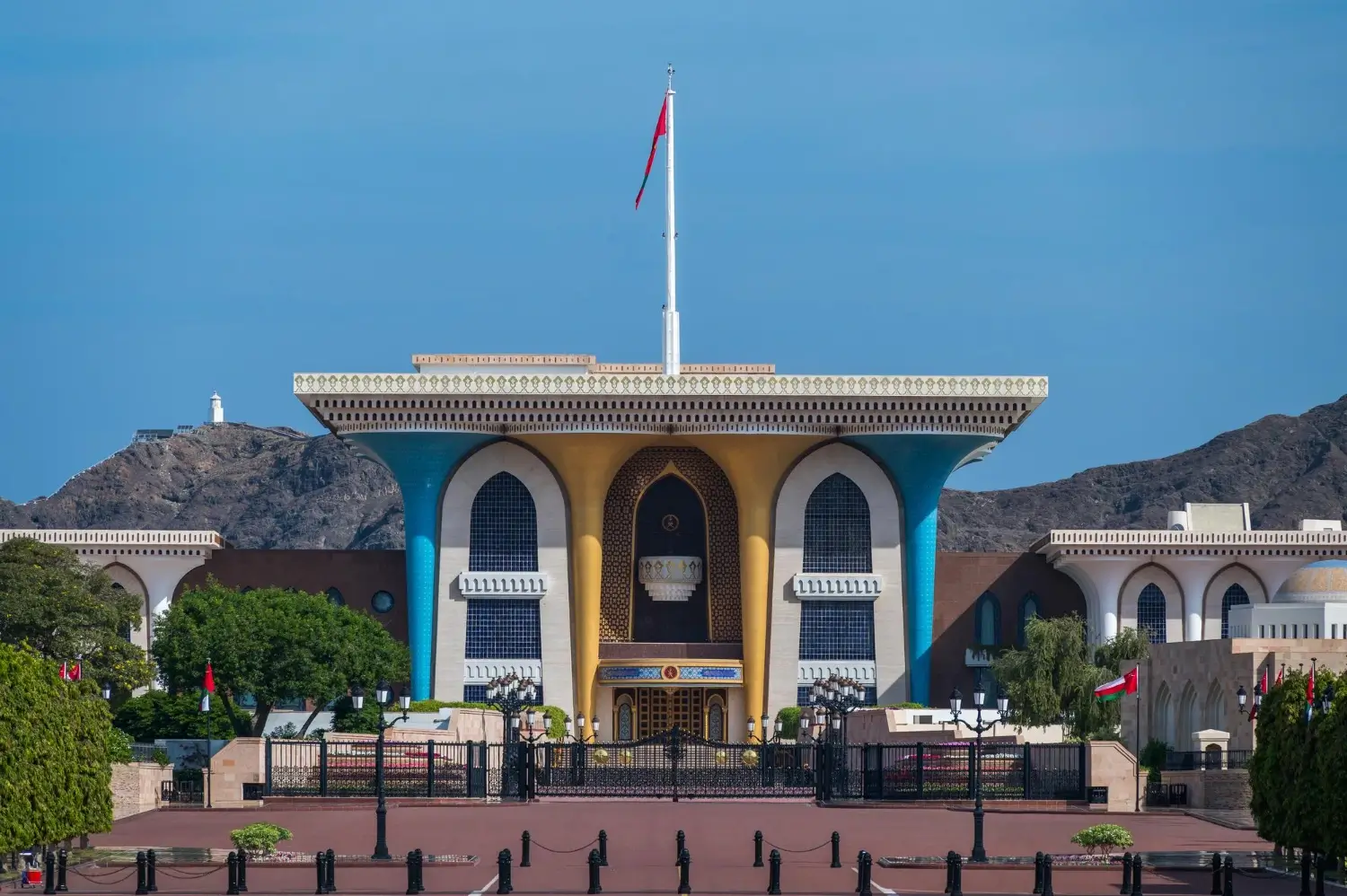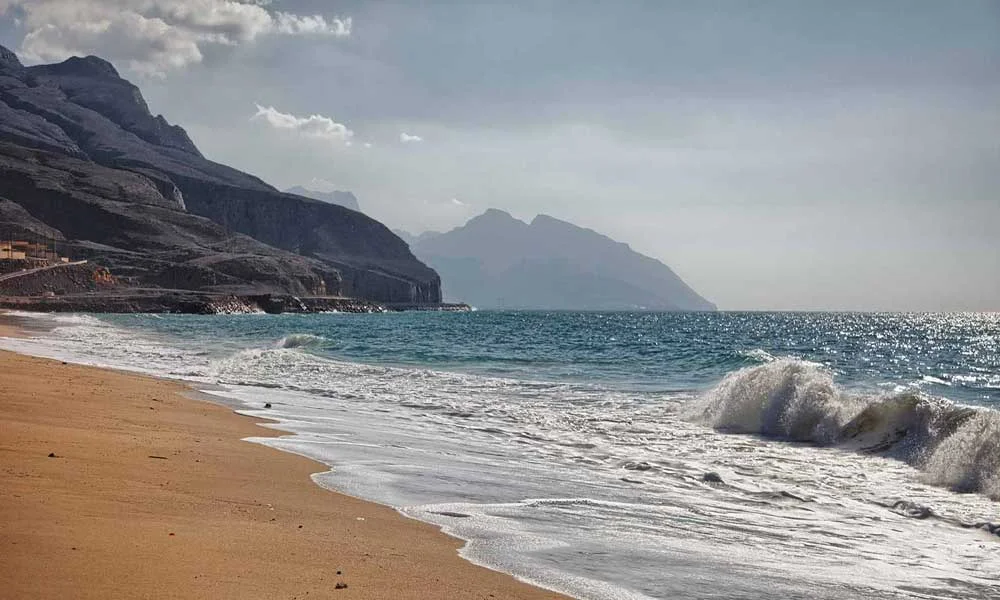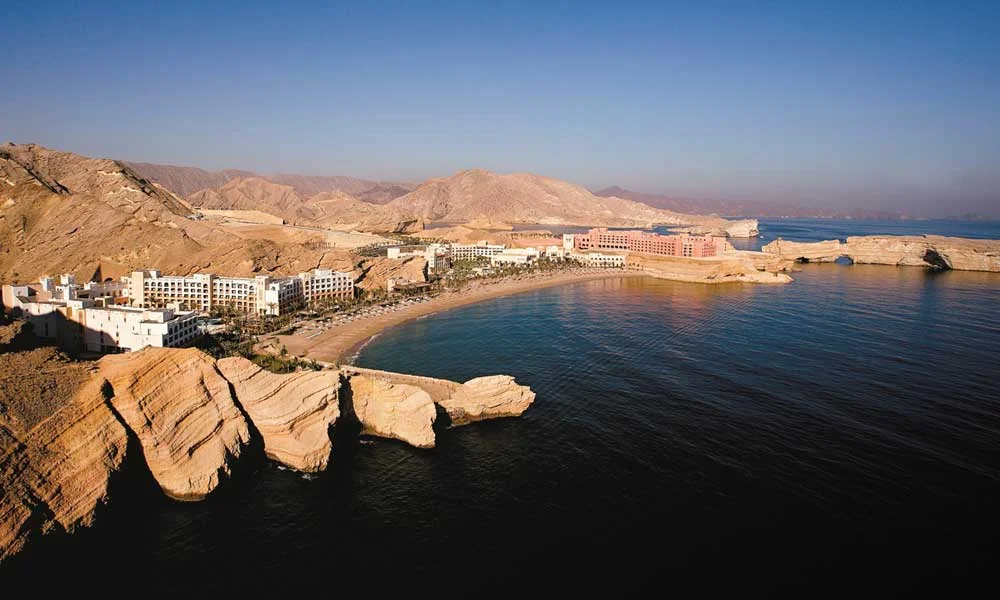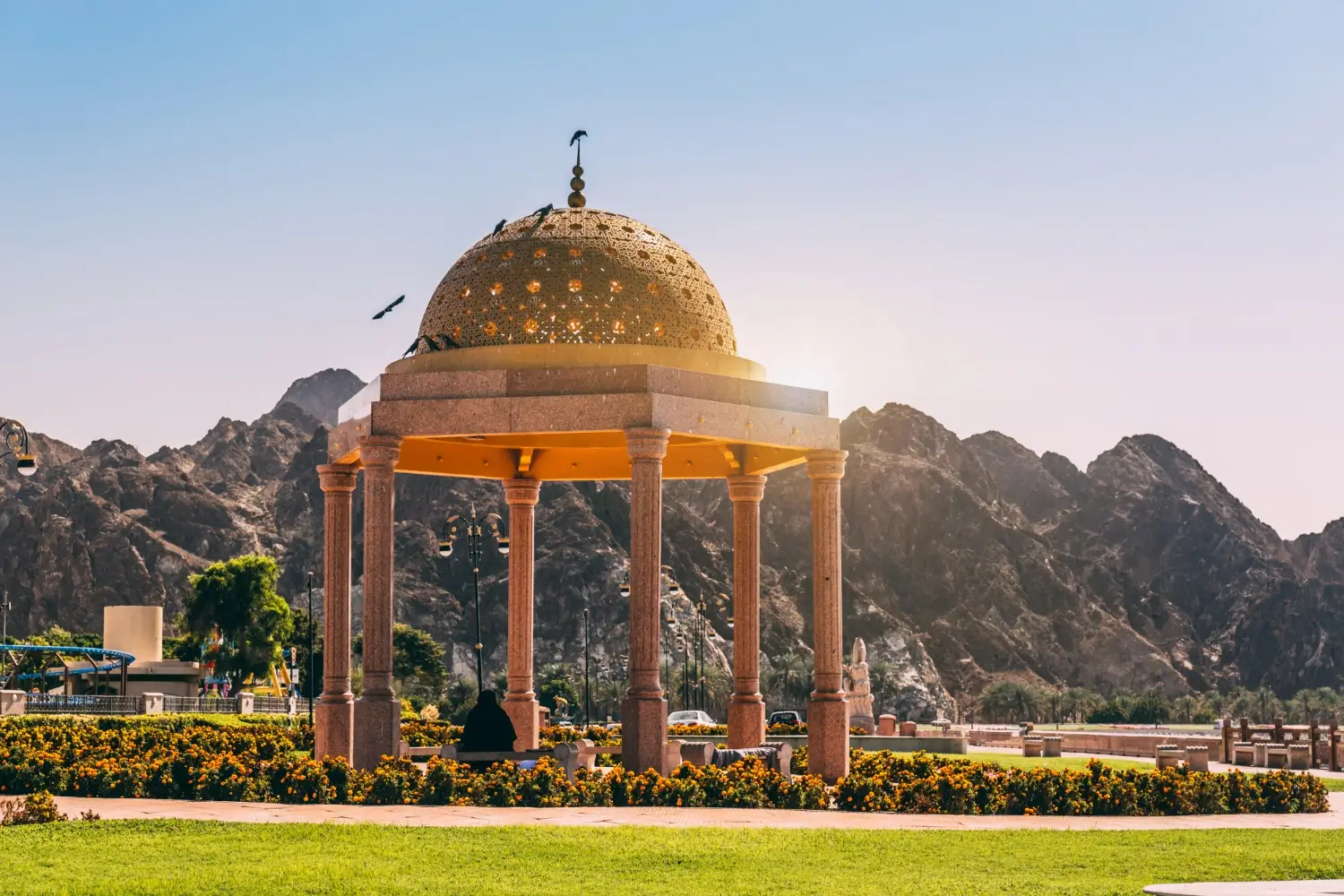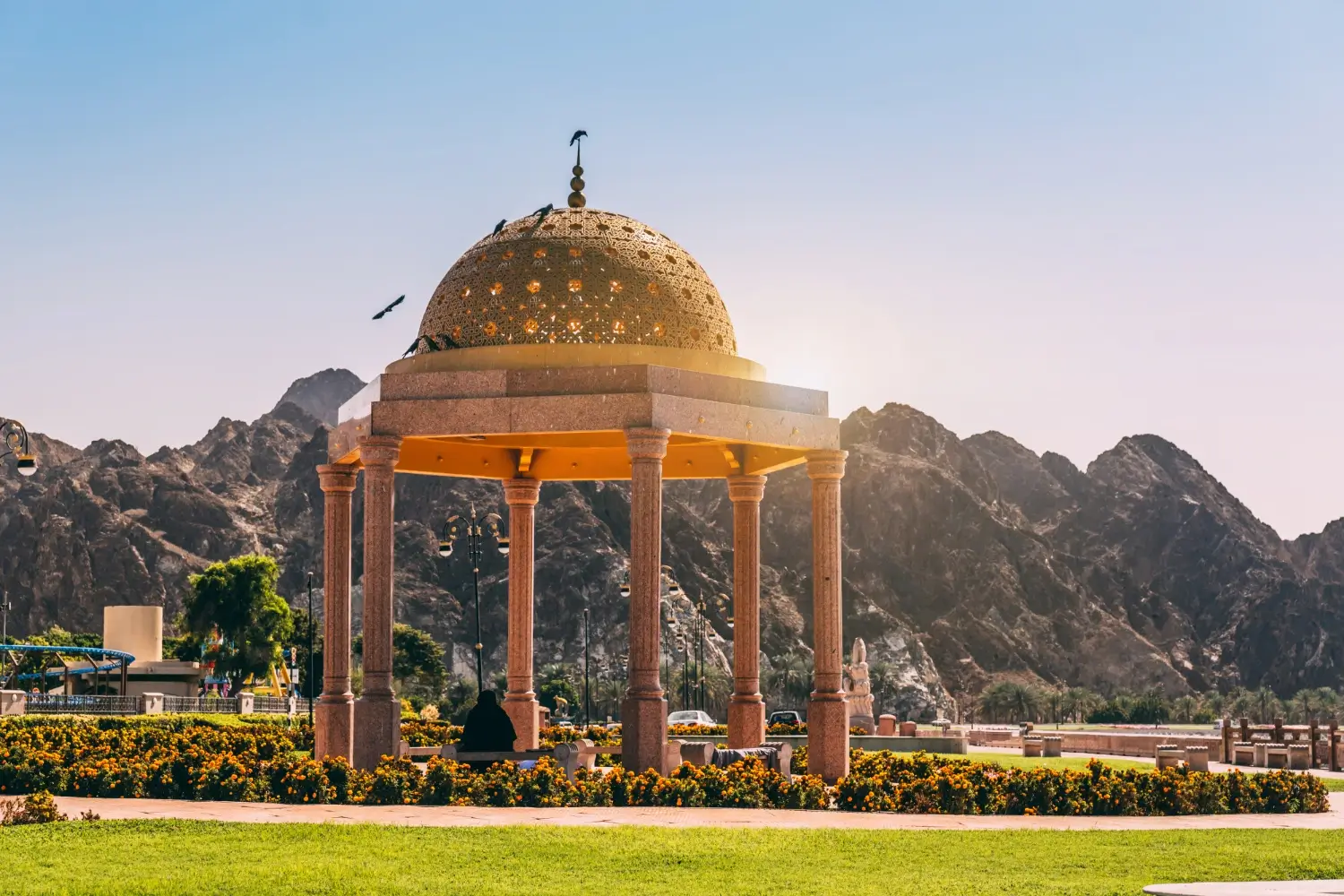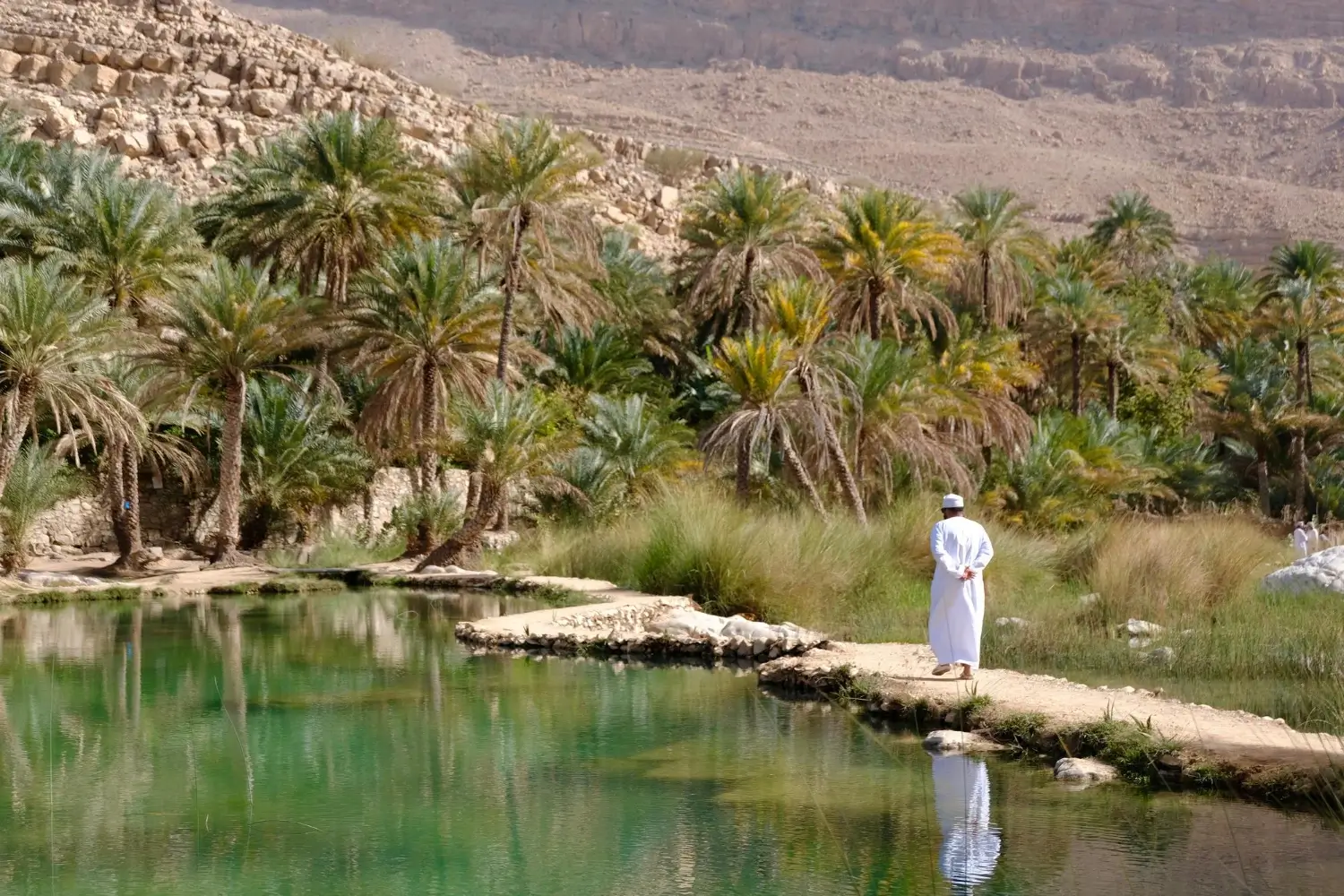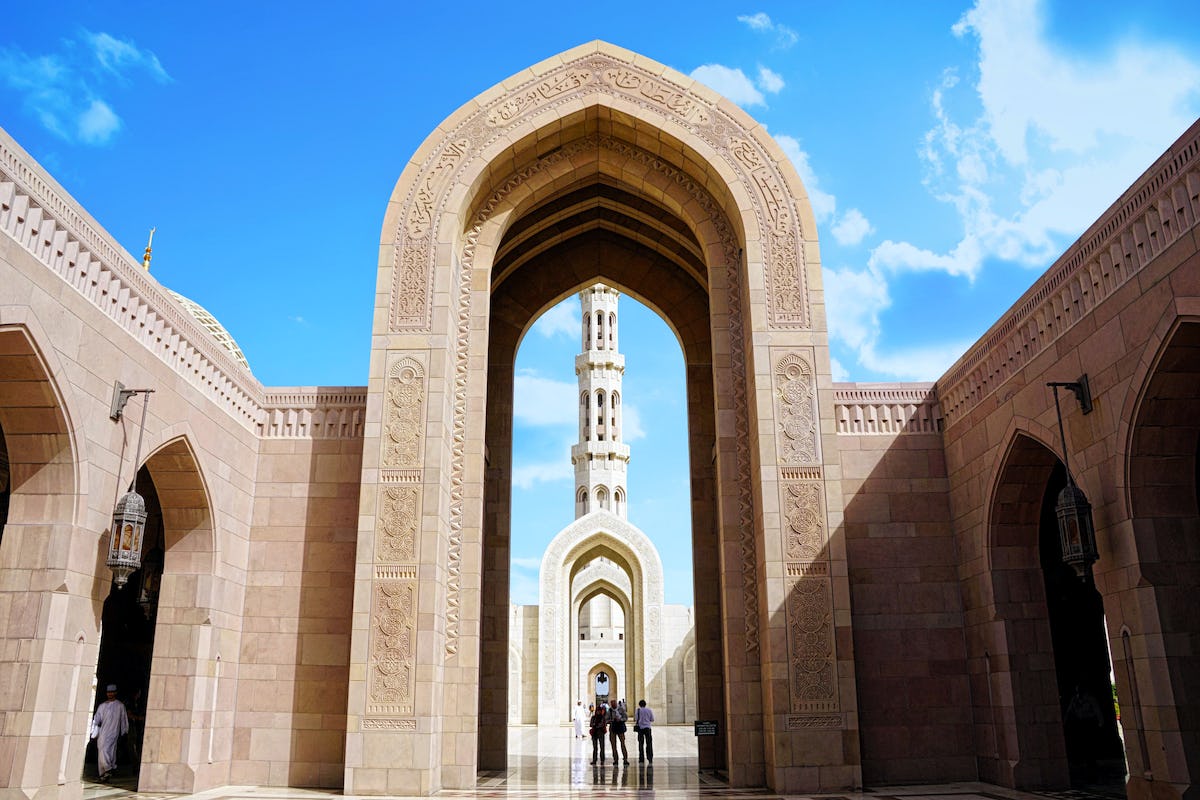- By Car: The best way to reach is by a 4WD vehicle from Nizwa (around 45 km). The final stretch has steep mountain roads but is well-paved and scenic.
- By Taxi: Hire a local taxi from Nizwa or Birkat Al Mouz; negotiate the fare beforehand.
- By Tour: Several guided Jebel Akhdar tours include Wadi Bani Habib in their itinerary, ideal for first-time visitors.
- Parking: Free parking is available at the viewpoint area, from where a short hike (10-15 minutes) leads down to the village ruins.
Best Time To Visit Wadi Bani Habib
The best time to explore Wadi Bani Habib is between October and April, when the mountain weather is cool and the terraced orchards bloom with pomegranates and peaches. Early mornings or late afternoons offer gentle light and fewer crowds perfect for photography and peaceful walks. Avoid midday in summer as temperatures can rise despite the altitude. If possible, plan your visit on a weekday to enjoy the site’s quiet charm without weekend visitors. Carry a light jacket even in spring, the breeze at this altitude can be surprisingly crisp.
Tips To Visit Wadi Bani Habib
- Wear comfortable shoes the hike to the village includes uneven steps and slopes.
- Bring water, sunscreen, and a hat shade is limited along the trail.
- Carry your ID if driving through Jebel Akhdar checkpoints.
- Pack light snacks; there are no food stalls nearby.
- Avoid visiting after heavy rains as the paths can get slippery.
- Photography lovers sunrise and sunset offer magical light over the old stone houses.
- Consider hiring a local guide to learn about the village’s history and architecture.
Want to know the best places to visit in Oman for an unforgettable trip?
Things To Do at Wadi Bani Habib
- Explore the ancient mud-brick ruins and stone pathways that once housed mountain villagers.
- Capture stunning panoramic views of the wadi and terraced gardens from the viewpoint.
- Enjoy a short hike through orchards blooming with pomegranates, peaches, and walnuts.
- Visit nearby attractions like Diana’s Point and the Saiq Plateau for sweeping mountain vistas.
- Combine your trip with a Jebel Akhdar day tour for added experiences such as rose farms or local souqs.
- Take quiet moments to simply breathe in the mountain air and feel Oman’s timeless calm.
